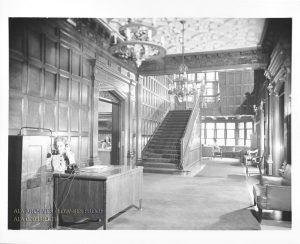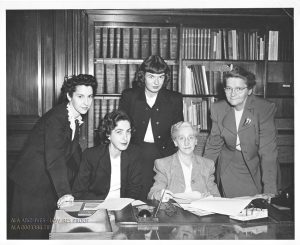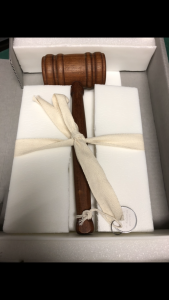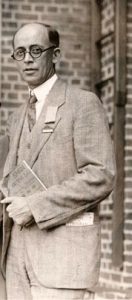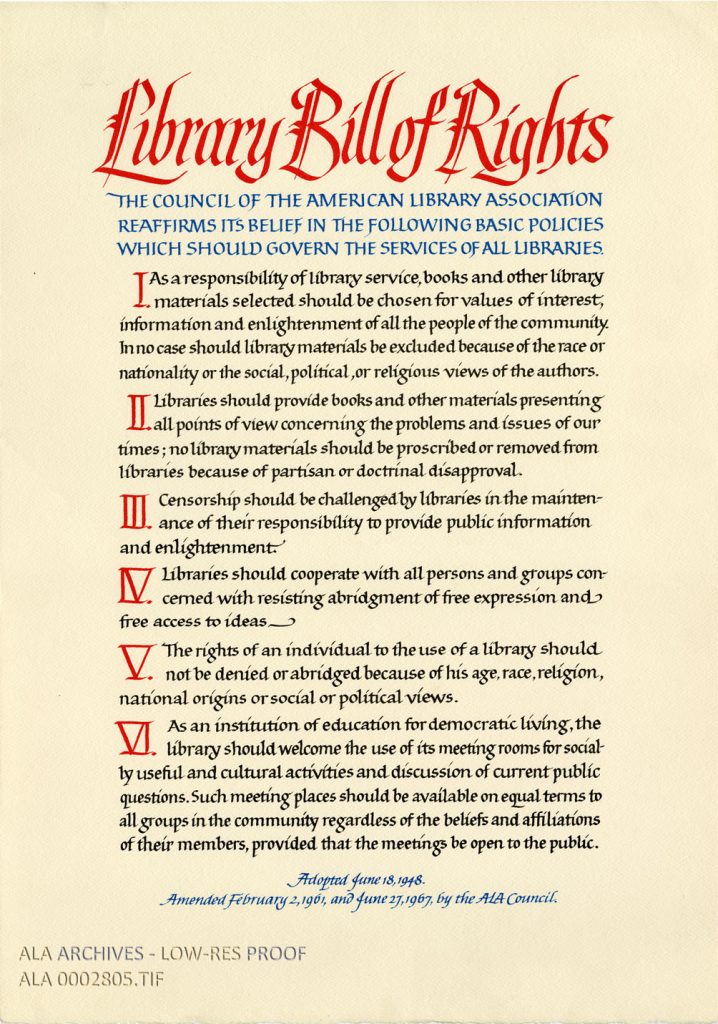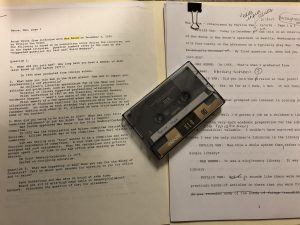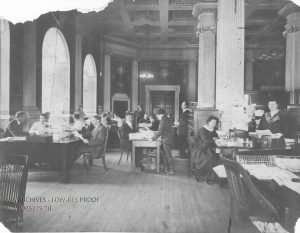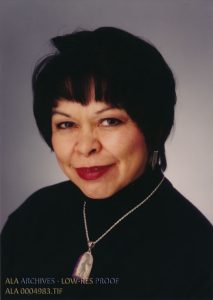
Found in 12/1/4, Box 2, Folder: Martinez, Elizabeth, 1995-97
Who was one of the first Mexican American librarians in California? Who was one of the co-founders of REFORMA, the National Association to Promote Library & Information Services to Latinos and the Spanish Speaking? Who was the first Mexican American women to hold the office of ALA Executive Director? If you answered, “Elizabeth Martinez,” you’d be correct!
Elizabeth Martinez was born on April 14, 1943 in Pomona, California. Growing up in Orange County, she always wanted to promote cultural understanding no matter what field she worked in. Martinez didn’t originally focus on working in libraries, but they held a special place in her heart since she was a child, as she often went to her local public library. However, while pursuing her Bachelor’s degree in Latin American studies at UCLA, she took a course in children’s literature to fulfill a credit. This course opened her eyes to the world of librarianship and her goal was set. She then graduated from the University of Southern California with a Master’s in Library and Information Science in 1966, becoming one of California’s first Mexican American librarians.[1]
Continue reading “Elizabeth Martinez, ALA Executive Director”

